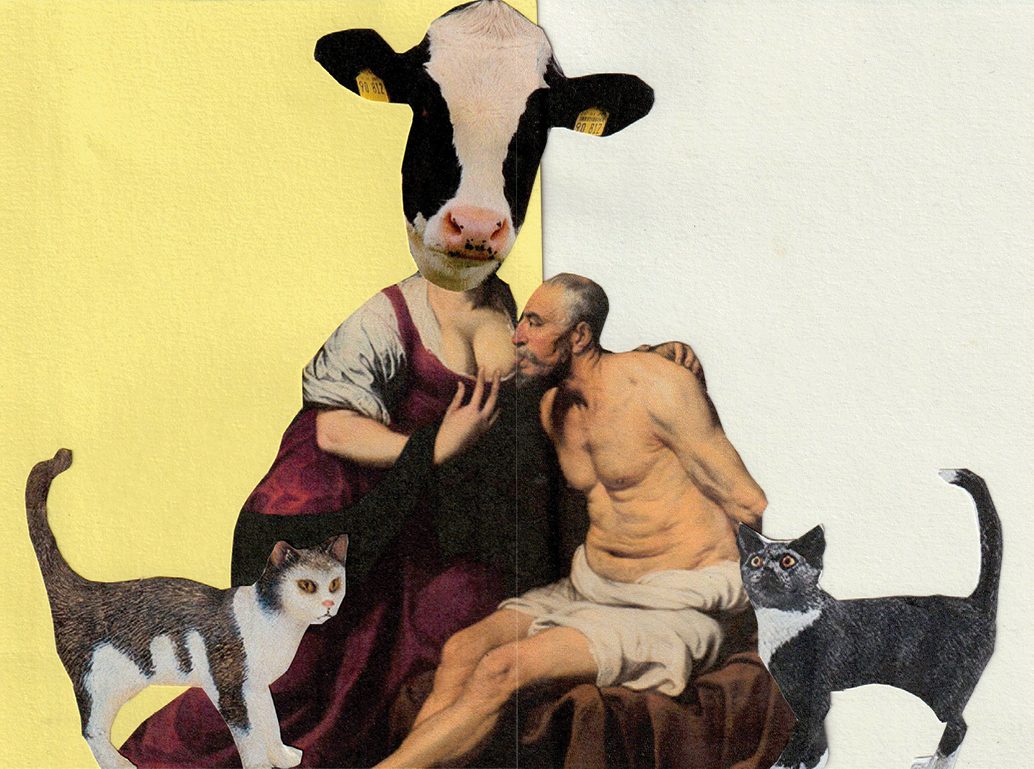milk
"It’s purity, associated with the innocence of the child, is a token of strength, of a strength which is not revulsive, not congestive, but calm, white, lucid, the equal of reality" (Barthes, 1973, p.60)
As Roland Barthes states in Mythologies above,
milk has always obtained a status of innocence. Being the primary source of
nourishment for infants and children, it is immensely symbolic of purity and
maternity.
The symbolic performance of consuming milk stands as a disconnection and yearning for the notion of innocence, a desperate grasp at reclaiming one's childhood. This attempt to recover the innocence of childhood is an attributing factor to the subversion of milk’s purity.







However, milk’s eminence can be challenged by the
evident connections it has to hostile acts, from the exploitation and
mistreatment of animals, to damage to human health and damage to the
environment. As well as the adverse effects the production and consumption of
milk has on humans, animals and the environment, the lucid liquid has
correlations to extreme fetishism.